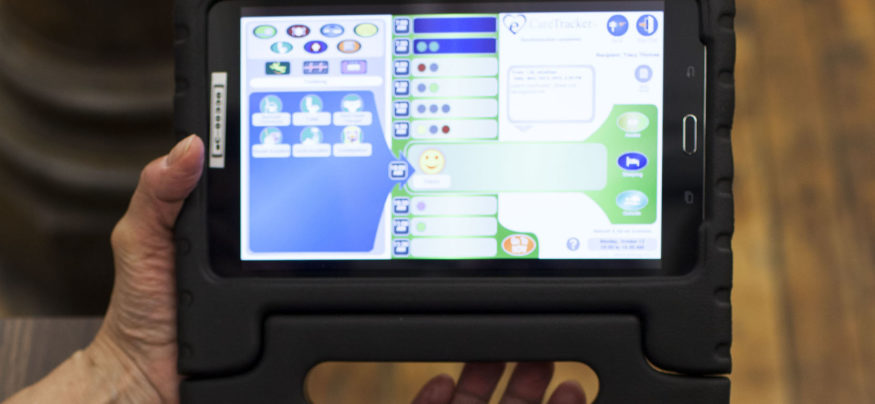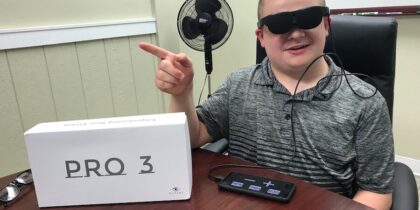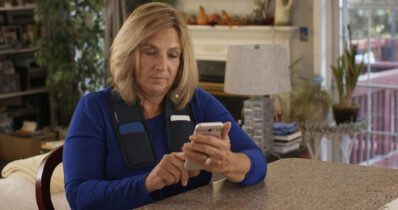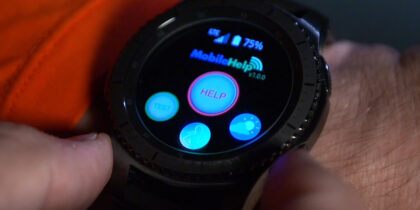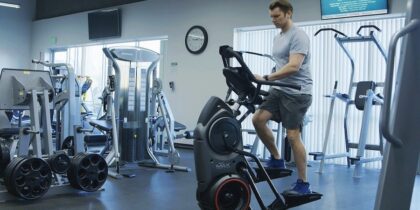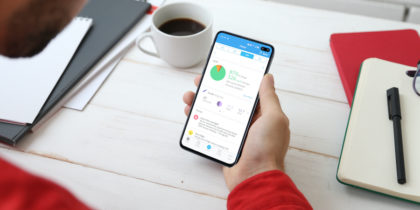As healthcare providers and insurers face increasing pressure to provide better care while lowering costs, more are offering preventative medical services and closer oversight to in-home care patients with chronic diseases. The goal is to prevent potentially serious conditions that can result in a hospital stay — the most expensive type of healthcare.
But successful chronic disease management relies on several critical factors: effective patient monitoring, collection of healthcare and lifestyle data, communication and teamwork. For providers treating in-home patients suffering from chronic conditions, accomplishing any of these can be a real struggle.
Mobile Solutions
Mobile technologies are enabling home health services professionals to capture accurate, real-time patient data and instantly share that data with case managers, physicians and other members of the care team. According to an article from InformationWeek, new home healthcare technologies are improving patients’ and caregivers’ ability to monitor patients within their homes, enabling them to “keep a closer eye on their daily health and eliminate the stress that going to the doctor can create.”
One excellent example of how mobile devices can be used to improve care comes from a leading not-for-profit health insurance company that offers its own home health services, including routine health screenings and patient education. In an effort to enhance and improve in-home care for patients with chronic conditions, the provider sought technology that would allow its health workers to collect patient data that could be easily and quickly shared with care managers and other medical team members. The goal was to provide coordinated, preventative treatment and interventions that would result in better outcomes for patients and more effective chronic disease management.
Empowering Real-Time Care
In April 2015, the provider began giving hundreds of its home health aides Samsung tablets that feature cloud-based, customizable disease management software from eCaring. By providing a familiar consumer device that features easy-to-use, icon-based software, the provider empowered its home health aides to accurately collect and transmit to colleagues (and electronic health systems) real-time information on patients with chronic conditions, including their vital signs, use of medications, adherence to care plans, behaviors and mental and physical states. This gives care coordinators and team members a comprehensive view of a patient’s health, allowing them to proactively chart a course of effective treatment.
A case study on the program shows that in less than a year, the provider has been able to save an average of $3,000 annually for each member. In addition, the use of Samsung tablets and eCaring software has resulted in an “average of seven prevented hospitalizations per month across a population of 200 to 250 patients, a reduction of roughly 30 percent.”
The program also has improved job satisfaction for home health aides and care managers because it enables them to provide better care for patients with special medical needs. Finally, the Samsung Galaxy tablets and cloud-based eCaring software have made care teams more efficient and enabled the provider to scale home healthcare to meet growing demand.
Learn more about the ways in which mobile technology is changing home healthcare to improve patient health.
